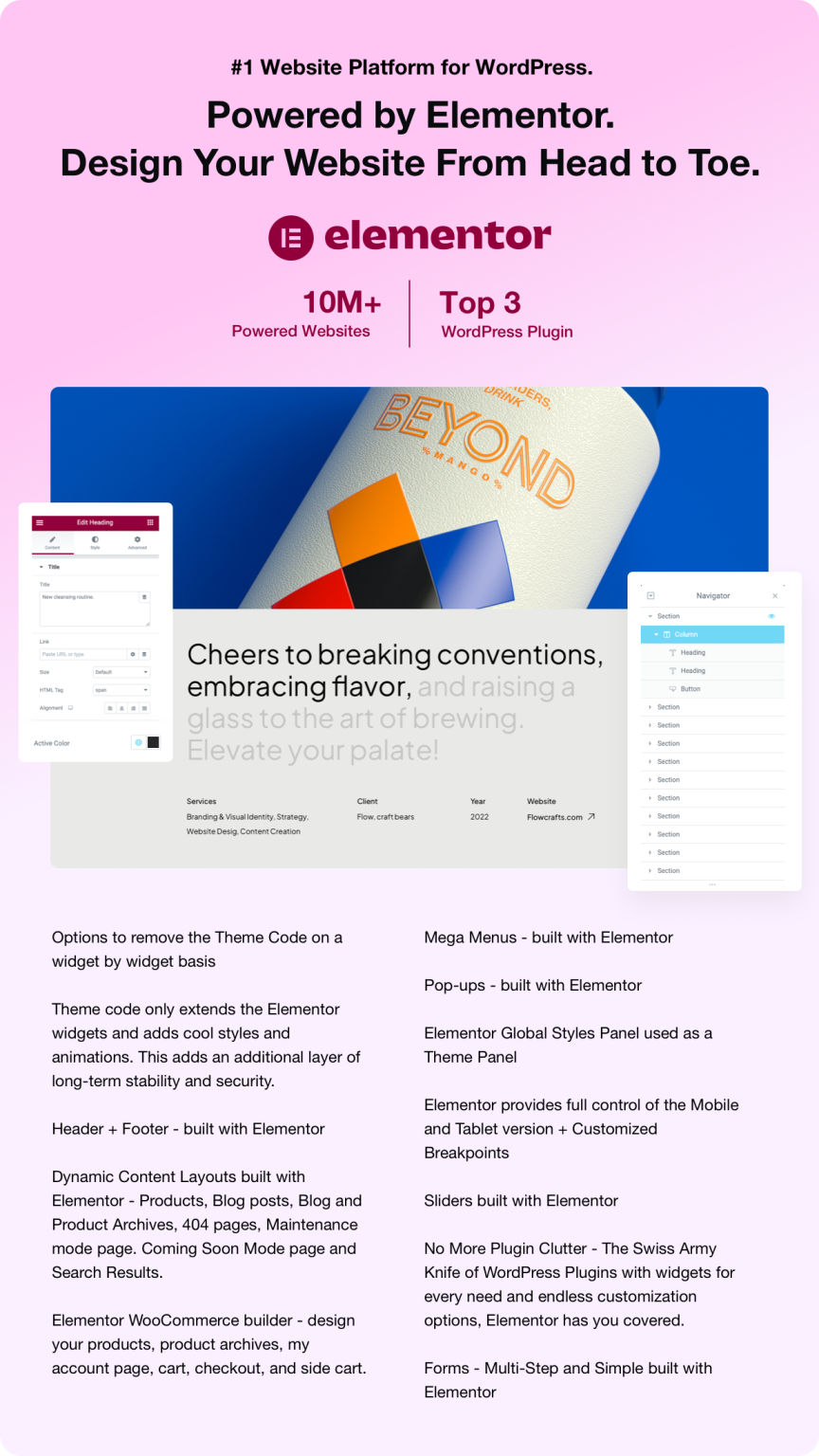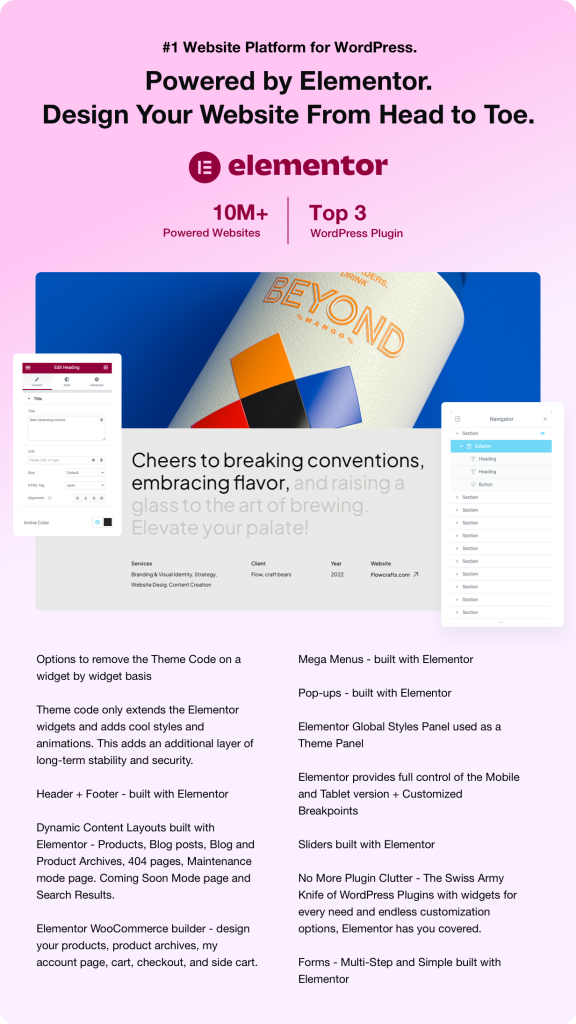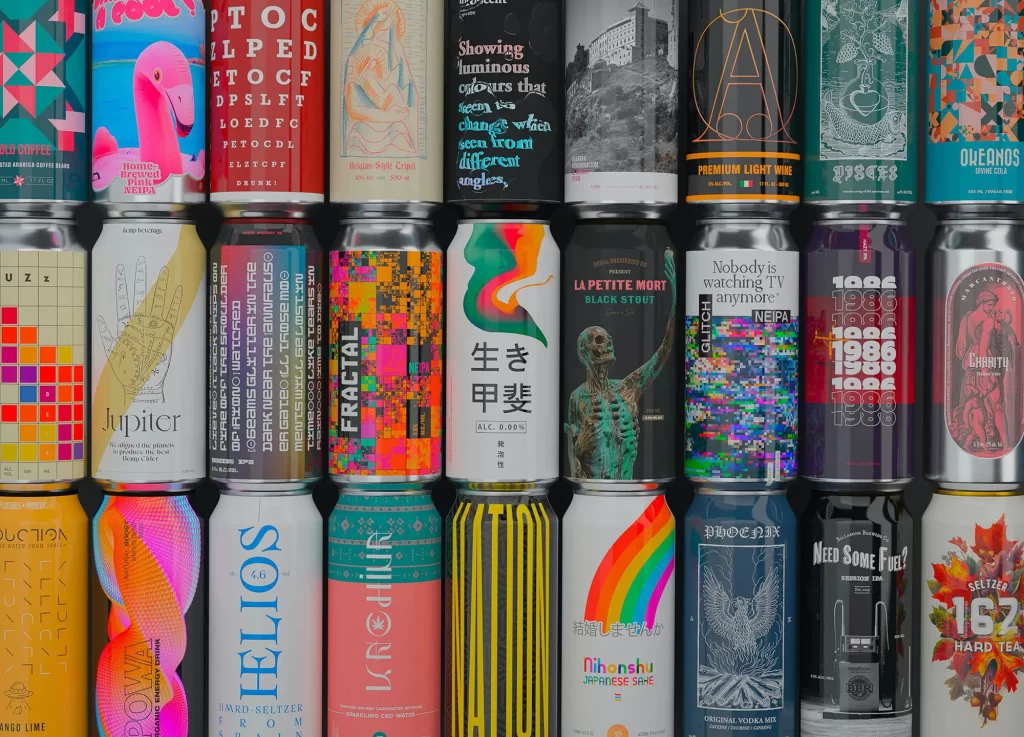In an era where efficiency and innovation dictate the pace of business, automated workflows and cognitive automation are emerging as game changers across various industries. With the advent of advanced technologies, organizations are increasingly turning to solutions powered by NVIDIA AI to streamline processes, enhance productivity, and drive growth. This article delves into the latest trends, applications, and insights surrounding automated workflows and cognitive automation, highlighting how NVIDIA AI is at the forefront of this transformation.
.
**Understanding Automated Workflows and Cognitive Automation**
Automated workflows refer to the use of technology to automate repetitive tasks and processes within an organization. This can range from simple task automation to complex workflows that integrate multiple systems and applications. The primary goal is to eliminate manual intervention, reduce errors, and increase efficiency.
Cognitive automation, on the other hand, takes automation a step further by incorporating artificial intelligence (AI) and machine learning (ML) capabilities. This allows systems to learn from data, make decisions, and adapt to changing circumstances. By mimicking human cognitive functions, cognitive automation can handle more complex tasks that require judgment and reasoning.
.
**The Role of NVIDIA AI in Automation**
NVIDIA, a leader in AI and GPU technology, is playing a pivotal role in the evolution of automated workflows and cognitive automation. Their advanced hardware and software solutions enable organizations to harness the power of AI, making it easier to implement automation across various sectors. NVIDIA’s platforms, such as the NVIDIA GPU Cloud (NGC) and TensorRT, provide the computational power needed for deep learning and AI applications.
One of the key advantages of using NVIDIA AI in automation is its ability to process vast amounts of data in real-time. This capability is essential for cognitive automation, which relies on data to learn and improve over time. By leveraging NVIDIA’s technology, businesses can create intelligent systems that not only automate tasks but also provide insights and recommendations based on data analysis.
.
**Trends in Automated Workflows and Cognitive Automation**
As organizations increasingly adopt automated workflows and cognitive automation, several trends are emerging:
1. **Integration of AI and RPA**: Robotic Process Automation (RPA) is being integrated with AI to create more intelligent automation solutions. This combination allows organizations to automate not just simple tasks but also complex decision-making processes.
2. **Focus on Hyperautomation**: Hyperautomation refers to the use of advanced technologies to automate as many business processes as possible. This trend emphasizes the need for seamless integration between different automation tools, including RPA, AI, and machine learning.
3. **Increased Adoption of Cloud-Based Solutions**: Cloud computing is enabling organizations to access powerful AI tools without the need for significant upfront investment in hardware. This shift is making it easier for businesses of all sizes to implement automated workflows and cognitive automation.
4. **Emphasis on Data Security and Compliance**: As automation becomes more prevalent, organizations are placing greater importance on data security and compliance. Ensuring that automated systems adhere to regulations and protect sensitive information is a critical consideration.
5. **Human-AI Collaboration**: Rather than replacing human workers, automation is increasingly seen as a tool for enhancing human capabilities. Organizations are focusing on creating collaborative environments where humans and AI work together to achieve better outcomes.
.
**Industry Applications of Automated Workflows and Cognitive Automation**
The applications of automated workflows and cognitive automation span across various industries, each benefiting from increased efficiency and improved decision-making capabilities:
1. **Healthcare**: In the healthcare sector, automated workflows are streamlining administrative tasks such as patient scheduling, billing, and record management. Cognitive automation is being used for diagnostic purposes, enabling healthcare professionals to analyze medical images and patient data more effectively.
2. **Finance**: The finance industry is leveraging automation to enhance fraud detection, streamline compliance processes, and improve customer service. Cognitive automation is used to analyze transaction patterns and identify anomalies, helping organizations mitigate risks.
3. **Manufacturing**: Automated workflows in manufacturing are optimizing supply chain management, inventory control, and production processes. Cognitive automation is being employed for predictive maintenance, allowing companies to anticipate equipment failures and reduce downtime.
4. **Retail**: Retailers are using automation to manage inventory, personalize customer experiences, and streamline order fulfillment. Cognitive automation helps analyze customer behavior and preferences, enabling targeted marketing strategies.
5. **Telecommunications**: In the telecommunications industry, automated workflows are improving network management, customer support, and billing processes. Cognitive automation is being used to analyze call data and optimize service delivery.
.
**Technical Insights into Implementing Automation with NVIDIA AI**
Implementing automated workflows and cognitive automation using NVIDIA AI requires a strategic approach. Here are some technical insights for organizations looking to adopt these technologies:
1. **Identify Key Processes for Automation**: Start by identifying repetitive and time-consuming tasks that can benefit from automation. Prioritize processes that have a significant impact on efficiency and productivity.
2. **Leverage NVIDIA’s AI Frameworks**: Utilize NVIDIA’s AI frameworks, such as TensorFlow and PyTorch, to build and deploy machine learning models. These frameworks are optimized for NVIDIA GPUs, ensuring high performance and scalability.
3. **Integrate with Existing Systems**: Ensure that the automation solutions can seamlessly integrate with existing systems and applications. This may involve using APIs or middleware to connect different platforms.
4. **Focus on Data Quality**: The success of cognitive automation relies heavily on data quality. Implement data governance practices to ensure that the data used for training AI models is accurate, complete, and up-to-date.
5. **Monitor and Optimize Performance**: Continuously monitor the performance of automated workflows and cognitive automation systems. Use analytics tools to gather insights and make necessary adjustments to improve efficiency and effectiveness.
.
**Industry Use Case: A Case Study of NVIDIA AI in Action**
To illustrate the impact of automated workflows and cognitive automation, let’s consider a case study of a leading healthcare provider that implemented NVIDIA AI to enhance its operations.
The healthcare provider faced challenges with patient scheduling, billing, and medical record management. These processes were largely manual, leading to delays and errors that affected patient care.
By implementing automated workflows powered by NVIDIA AI, the organization was able to streamline scheduling and billing processes. They utilized cognitive automation to analyze patient data and predict appointment cancellations, allowing them to optimize scheduling and reduce no-shows.
Additionally, the healthcare provider employed NVIDIA’s deep learning models to analyze medical images for diagnostic purposes. This not only improved the accuracy of diagnoses but also significantly reduced the time required for image analysis.
As a result of these initiatives, the healthcare provider reported a 30% increase in operational efficiency and a 20% improvement in patient satisfaction scores. This case study exemplifies how automated workflows and cognitive automation, supported by NVIDIA AI, can drive transformative change in the healthcare industry.
.
**Conclusion: Embracing the Future of Automation with NVIDIA AI**
As businesses continue to navigate an increasingly complex and competitive landscape, the adoption of automated workflows and cognitive automation is becoming essential. With the support of NVIDIA AI, organizations can harness the power of advanced technologies to streamline processes, enhance decision-making, and drive innovation.
By staying abreast of trends and best practices in automation, businesses can position themselves for success in the digital age. The future of work is here, and it is powered by automation and AI. Embracing these technologies will not only improve operational efficiency but also create new opportunities for growth and transformation across industries.
.
**Sources:**
1. NVIDIA Corporation. (2023). “NVIDIA AI: Accelerating the Future of Work.” Retrieved from [NVIDIA AI](https://www.nvidia.com/en-us/ai-data-science/)
2. McKinsey & Company. (2023). “The Future of Work: How Automation is Changing the Workplace.” Retrieved from [McKinsey](https://www.mckinsey.com/business-functions/organization/our-insights/the-future-of-work)
3. Deloitte Insights. (2023). “The Rise of Hyperautomation: Trends and Insights.” Retrieved from [Deloitte](https://www2.deloitte.com/us/en/insights/industry/technology/hyperautomation.html)
4. Gartner. (2023). “Cognitive Automation: The Next Frontier in Business Process Automation.” Retrieved from [Gartner](https://www.gartner.com/en/information-technology/insights/cognitive-automation)
5. Forrester Research. (2023). “The Impact of AI on Business Processes.” Retrieved from [Forrester](https://go.forrester.com/research/)





















